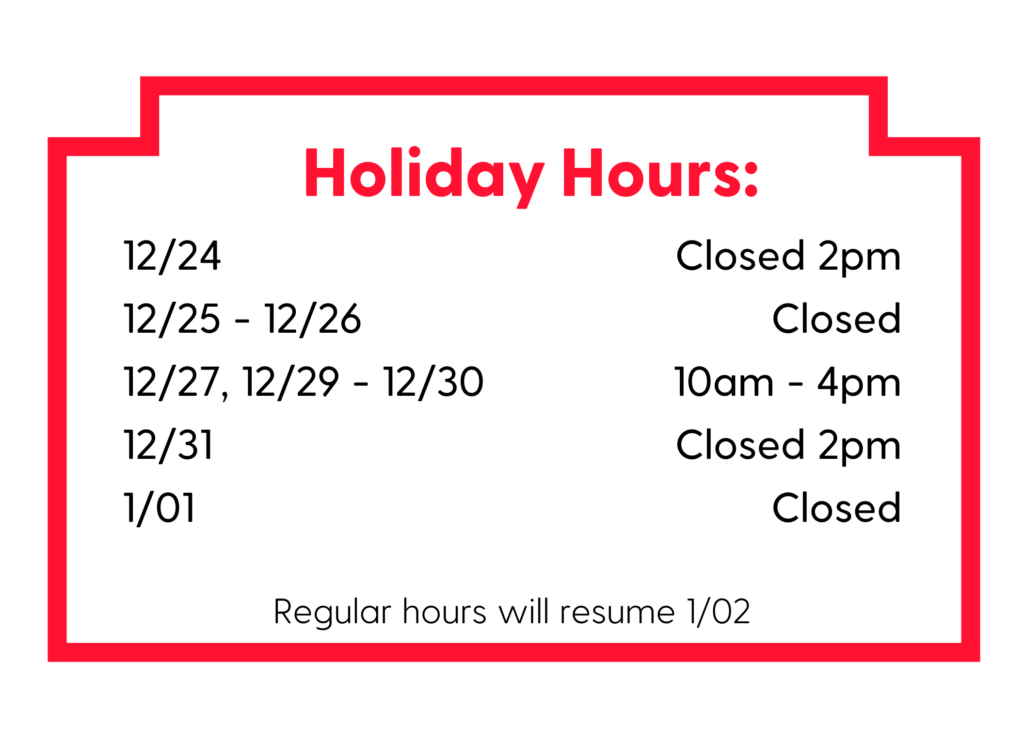
I’m Rose Fenske, an intern this summer at The Art Center Highland Park and a college student from the suburbs of Illinois. I am in a dual degree program studying Studio Art and Art History at the University of Illinois in Urbana-Champaign. My favorite classes are by far my studios, where I get to paint, draw, and cultivate my artistic skills to the furthest extent.
I have always had a passion for the arts. Throughout my childhood, I’d taken—and loved—many art classes, but it wasn’t until high school that I learned I could turn my passion into a future. Because of the nature of my program, I get to take a myriad of studio courses alongside Art Historical classes. This often means my artwork is heavily influenced by what I am learning about, and my understanding of historical art and artists is shaped by my perspective as an artist. I’ve learned that arts and culture are the backbone to a successful society, and studying the arts, as well as their function in our world, has given me a new perspective on their importance. For me, art is more than a hobby or outlet; it is an extension of who I am.
Working at TAC has helped me gain a different kind of perspective on the arts. While most of my artistic experience has been in front of the curtain, here, I am able to see a bit more of the behind-the-scenes happenings that make these experiences possible. I’ve been able to see all the moving pieces that must come together to make art classes a reality for kids, and all the hard work that goes into making a gallery successful and accessible to more people. Understanding the inner workings of a non-profit such as TAC makes it easier to appreciate the forces that must come together to make the arts a reality for so many people.
Because of my parents, who helped me discover and foster my passion for the arts, and through my time studying at UIUC and working at TAC, I have become more and more reflective upon the importance of art classes for the youth. Without them, I would not be where I am today, and because of them, more and more kids are able to discover their passion for the arts as well.

 Recently The Art Center once again played host to the Annual Awards Ceremony of The Highland Park Community Foundation. Each October grant recipients gather for a 90-minute meet and greet event during which they receive their grants for the coming fiscal year. None of the recipients know the amount of the award ahead of time and that adds to the excitement of getting together. Each group takes a photo with their HPCF Foundation Liaison and everyone is all smiles. It is a congenial and fun event, but it is also a seriously necessary part of life in our communities – Highland Park and Highwood.
Recently The Art Center once again played host to the Annual Awards Ceremony of The Highland Park Community Foundation. Each October grant recipients gather for a 90-minute meet and greet event during which they receive their grants for the coming fiscal year. None of the recipients know the amount of the award ahead of time and that adds to the excitement of getting together. Each group takes a photo with their HPCF Foundation Liaison and everyone is all smiles. It is a congenial and fun event, but it is also a seriously necessary part of life in our communities – Highland Park and Highwood.

